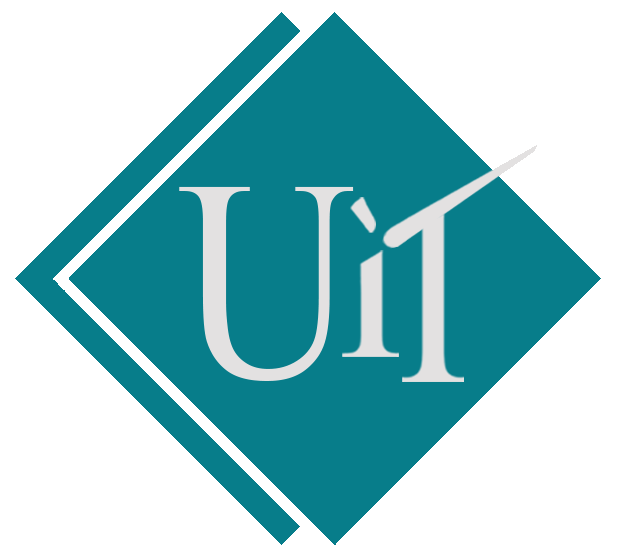Computer organization from the viewpoint of software, including: the memory hierarchy, instruction set architectures, memory addressing, input-output, error detecting and correcting technique and RISC machine. The relationship of higher-level programming languages to the operating system and to instruction set architecture is explored.
The objectives of this course make the students
- Introduce the components of a computer system
- Explain different types of computer system architectures, organization, performance metrics and conversions of representations and encodings
- Practice low-level (assembly) programming
- Illustrate the parallel computer architectures
